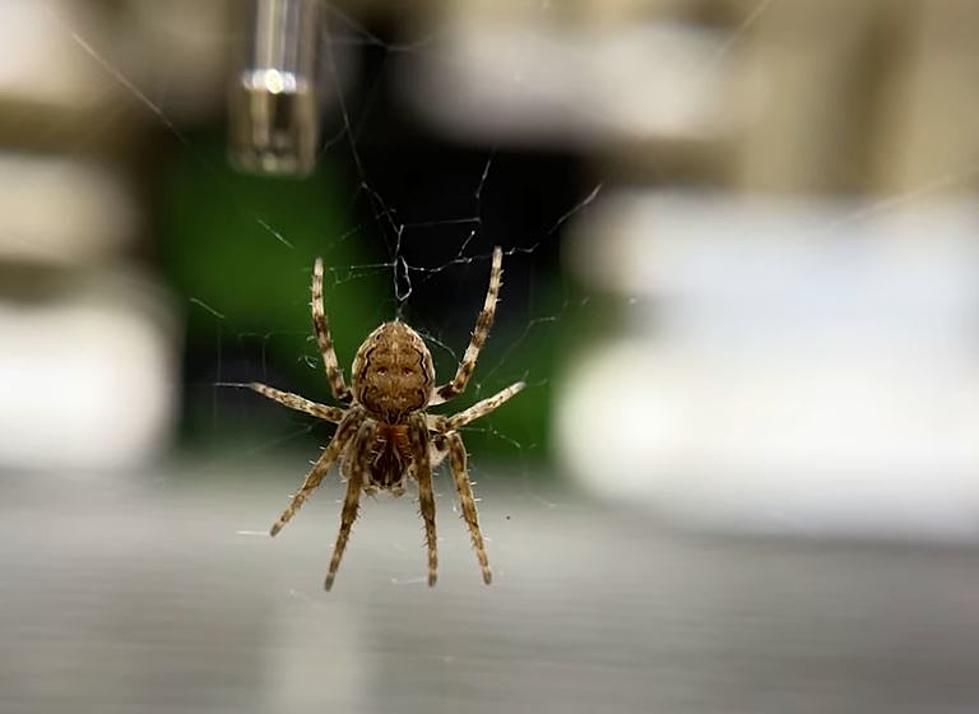
Binghamton Researchers Discover Amazing Way Spiders “Hear” Without Ears
Researchers at Binghamton University teamed up with researchers from Cornell University and together, they discovered something previously unknown about the way spiders use their webs to hear which is particularly interesting considering they don't have ears.

Previous studies of spiders have discovered that the insect is fast to respond when something vibrates their web but the findings by Binghamton University and Cornell researchers show that orb-weavers are also about to "turn, crouch or flatten out" in response to sounds in the air around them.
Much like humans use our eardrums, spiders are able to detect the most minuscule vibration through sensory organs which are located at the tips of their legs and spider webs basically act as massive hearing aids that amplify that audio vibration in a spider's sensory organs.
Researchers say that they know without a doubt that the orb-weaving spiders which are the species that was featured in the childhood favorite, Charlotte's Web, are able to respond to sounds however, they haven't yet determined whether or not other species of spiders are able to do the same.
Professor Ron Miles led the study and said, "It's reasonable to guess that a similar spider on a similar web would respond in a similar way. But we can't draw any conclusions about that, since we tested a certain kind of spider that happens to be pretty common."
The way that the researchers studied the spiders is quite fascinating. To test the acoustic properties of the web, the researchers allowed orb-weavers to spin webs inside a frame which was located inside a completely soundproof room on the campus. Then, researchers played a pure tone sound from just under ten feet away to see if the spiders would react and they did.
After playing the sound, researchers found that the spiders responded to the sound at levels as low as 68 decibels. According to iac acoustics, 68 decibels is somewhere in between conversation in an office and a vacuum cleaner. The researchers then changed the sound source so that it was emitted at a 45-degree angle to see if the spiders could tell where the sound was coming from and they could tell, with 100 percent accuracy.
Keep Slithering Down The Page To See All The Snakes of NYS
Seven Ways to Fight Off Ticks Using Rosemary
More From WNBF News Radio 1290 AM & 92.1 FM









